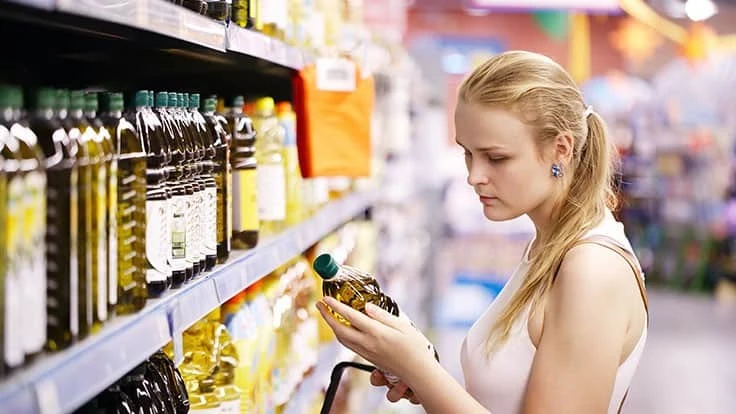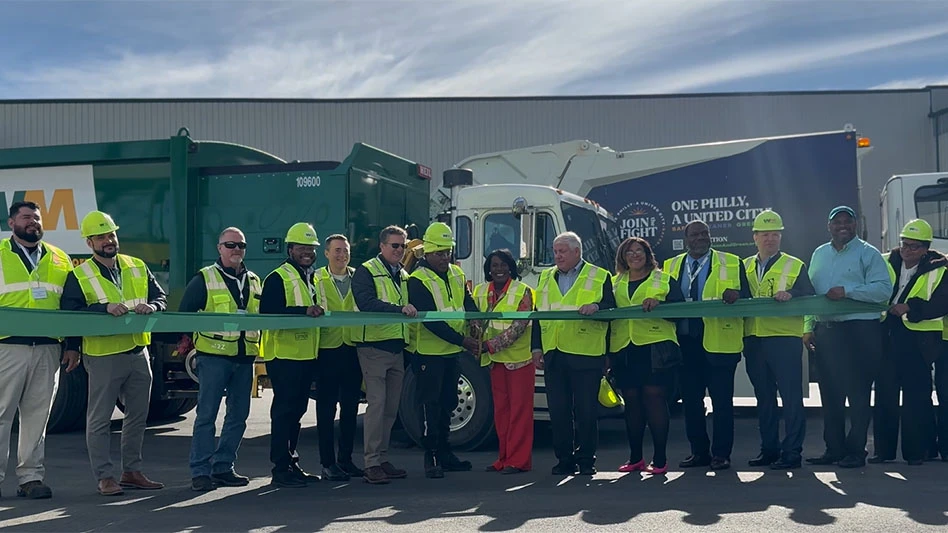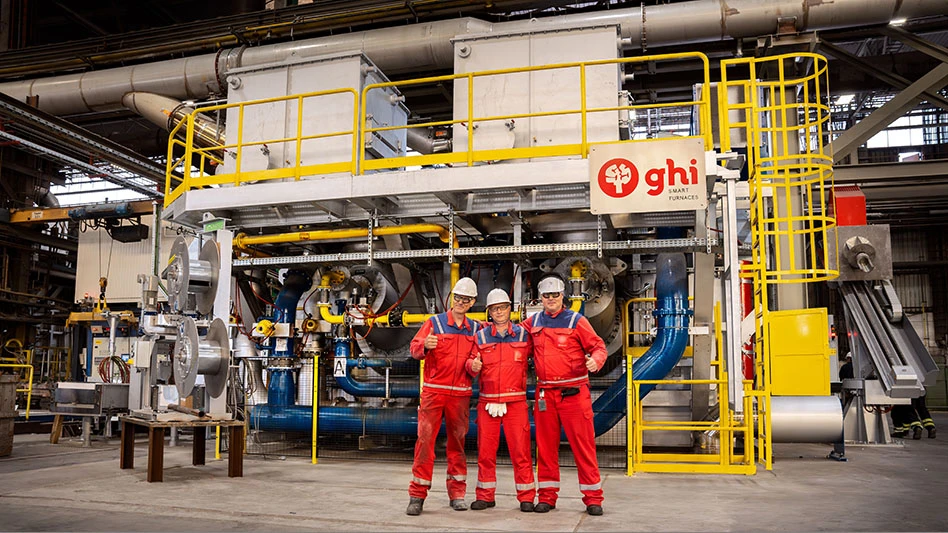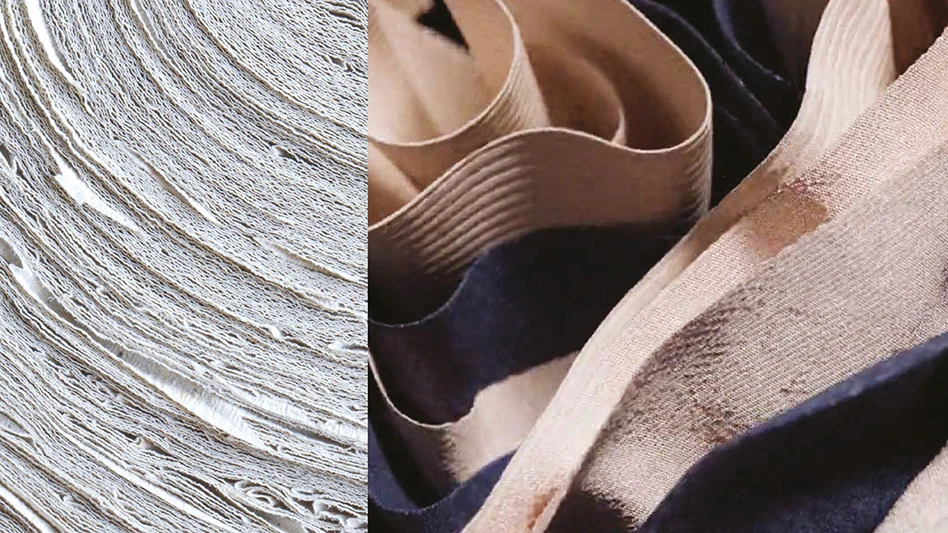
danr13 | stock.adobe.com
How2Recycle, the labeling system for packaging that was designed to provide consistent and transparent recycling information to consumers in North America, has released the "How2Recycle Recyclability Insights" report. The report provides a macro view of the recyclability of packaging for the benefit of How2Recycle member companies and the general public.
According to the nonprofit’s report, more than 225 brand owners and retailers are using the label, and more than 75,000 products carry the label, reflecting roughly 25,000 different packaging designs. “For those different packaging designs, How2Recycle has issued over 3,500 custom How2Recycle labels—which represents not only the massive diversity of packaging design in the marketplace but also the complexity of certain package designs,” the report notes.
As of mid-2019, How2Recycle member companies represent 34 percent of the consumer packaged goods (CPG) industry, the organization says. “Accordingly, the insights in this report reflect a snapshot of the landscape of packaging recyclability in North America and will increase in accuracy over time.”
While the organization says its members are “making progress towards recyclability goals,” only 18 percent of the How2Recycle member packaging portfolio is optimally designed for recycling. “Optimally designed means the package meets recyclers’ best-in-class criteria for packaging design,” according to the report.
An additional 26 percent of packaging is classified as recyclable but in need of design improvement. “An example would be a clear polyethylene terephthalate (PET) bottle with a pressure-sensitive label with detrimental label substrates, adhesives or inks,” the report notes.
The report also explores the nature of the How2Recycle program’s influence on packaging design and includes high-level recommendations to the packaging industry about which interventions on packaging design might be the most impactful.
The report includes the most popular design recommendations issued to members broken down by material types, as well as How2Recycle’s recommendations for collective voluntary commitments aimed at increasing recyclability of plastic packaging in North America.
For plastics, the nonprofit recommends changing to film that qualifies for the Store Drop-Off label; changing to monomaterial from multimaterial; for polyethylene terephthalate (PET), polyethylene (PE) or polypropylene (PP) containers, ensuring the label substrate, label adhesive and label ink meet criteria for the Preferred designation under the per the Association of Plastic Recyclers (APR) Design Guide; for PET thermoforms, changing to a label that meets criteria for Preferred designation under the APR Design Guide; and changing to a widely recyclable material.
How2Recycle began in 2008 as a project of the Sustainable Packaging Coalition, a trademark project of Charlottesville, Virginia-based nonprofit GreenBlue. The How2Recycle Label program finished its soft launch in early 2012 with 12 pilot companies.
Latest from Recycling Today
- ReElement, Posco partner to develop rare earth, magnet supply chain
- Comau to take part in EU’s Reinforce project
- Sustainable packaging: How do we get there?
- ReMA accepts Lifetime Achievement nominations
- ExxonMobil will add to chemical recycling capacity
- ESAB unveils new cutting torch models
- Celsa UK assets sold to Czech investment fund
- EPA releases ‘National Strategy to Prevent Plastic Pollution’





